Overview
The core of the equipment is the dryer, whose container or radiator is made of aluminum material, specifically designed for processing specific materials such as silica sand / quartz sand.
Its core components include:
1. Tower body/host:
a vertical cylindrical structure with multiple layers inside.
2. Aluminum heat exchange device:
This is the core component of the equipment. Usually composed of a large number of perforated aluminum heat dissipation fins or aluminum heat dissipation tubes. Heat medium (such as steam) flows inside the finned tube, and quartz sand passes between the fins.
3. Hot air system:
including heaters (such as electric heating, gas heating), blowers, inlet ducts, and air distribution plates. Provide convective heat source and remove moisture.
4. Fabric dispenser:
located at the top of the equipment, ensuring that the damp quartz sand can be evenly distributed across the entire cross-section to prevent dry dead corners.
5. Vibration motor (optional):
Some designs use vibration motors to drive the tower body to produce slight vibrations, helping the quartz sand move downward more smoothly, preventing bridging and blockage, and enhancing the contact between the material and the hot surface.
6. Discharge mechanism:
There is usually a rotating discharge valve or other form of discharge device at the bottom to control the discharge speed and ensure sealing to prevent hot air short circuit.
7. Dehumidification system:
There is an outlet at the top, connected to an induced draft fan, to discharge wet and hot exhaust gases.
-
Working principle
The essence of a sand dryer is an efficient heat exchanger. It utilizes the excellent thermal conductivity of aluminum as the core heat transfer medium, and achieves continuous, efficient, and uniform drying of quartz sand through a vertical tower structure combined with heat conduction and hot air convection.
1. Heat conduction:
High temperature heat sources (such as steam, thermal oil, hot air) conduct heat to the moist quartz sand in contact through aluminum heat sinks or jacket walls.2. Heat convection:
Hot air is forcibly blown into the dryer, fully contacting the falling quartz sand particles, and transferring heat to the quartz sand through convective heat exchange, while taking away the evaporated water vapor. -
Features & Benefits
1. High thermal efficiency, heat enters from the "hot air inlet" and passes through the internally arranged heat exchange pipes. Wet sand enters from above and absorbs heat from the heat exchange pipes through the 3-2-1 layer material box, gradually increasing the temperature. The entire drying process wastes less heat.
2. During the drying process of acid washed quartz sand, the residual acid gas emitted from the sand has a particularly strong corrosive ability, which can corrode stainless steel and other materials, adding "black spots" to the pure white quartz sand and reducing its whiteness. The material in contact with quartz sand in this dryer is aluminum, which will not affect the whiteness of quartz sand.
3. By transferring heat through heat exchange pipes, the material box and flue system are independent of each other, avoiding impurities in the heat from directly contacting and contaminating the pure white quartz sand, and not reducing the whiteness of the quartz sand.
4. Fuel diversity can include firewood, coal, diesel, bio oil, bio pellets, liquefied gas, natural gas, etc.
5. Unique exhaust design reduces the secondary pollution of sand caused by acid gas in high-temperature steam.
-
Specifications
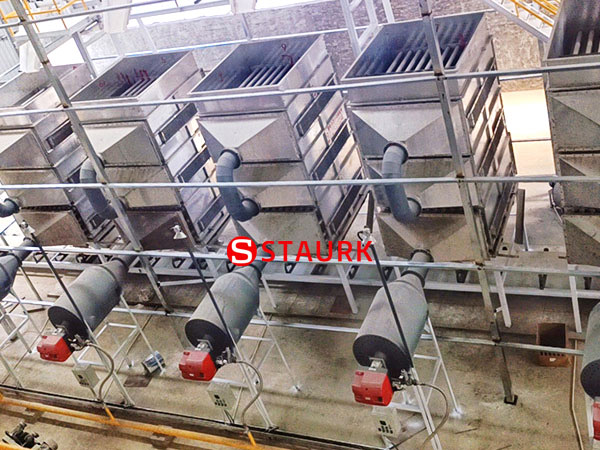
-
Inquiry
Please write down your requirement and contact details in the following form. You can also send a message to us by this email sales@staurk.com, we will reply to you within 24 hours.


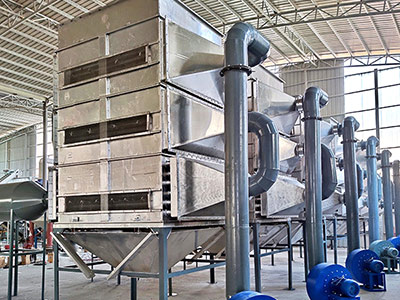
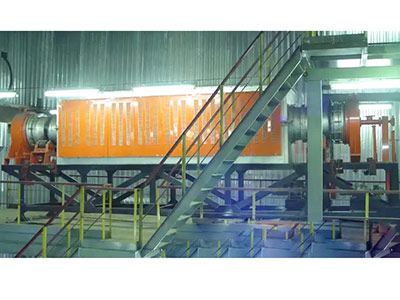
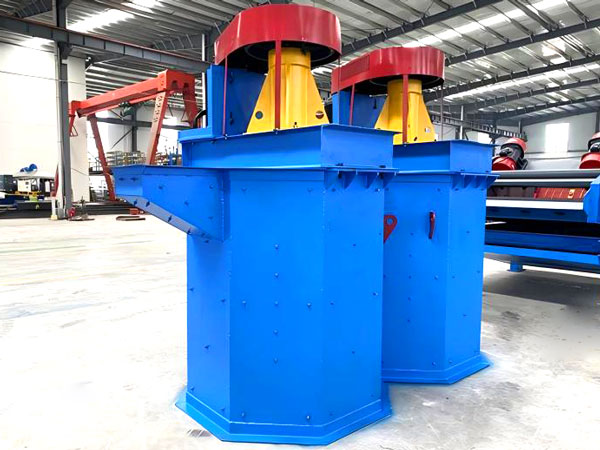
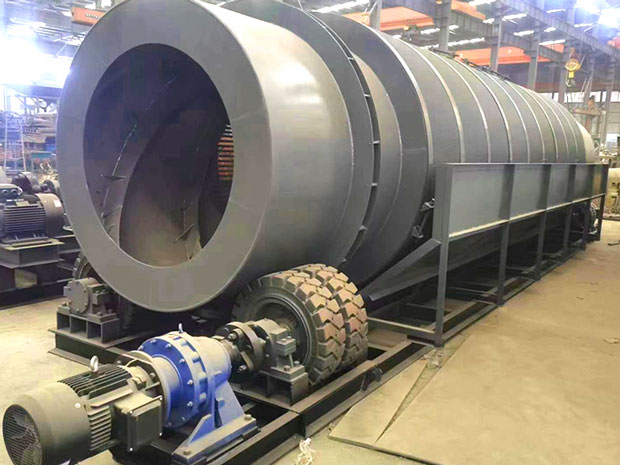


Inquiry